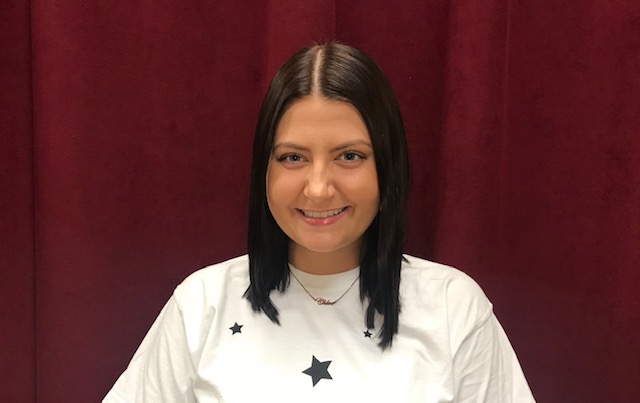Celebration of Scholars
Thresholds in Human Olfaction
 Name:
Chloe Koeppen
Name:
Chloe Koeppen
Major: Psychology
Hometown: Milwaukee, WI
Faculty Sponsor: Elisabeth Cameron
Other Sponsors:
Type of research: Senior thesis
Abstract
It is well known that there is little correlation between people’s sense of smell (olfaction), measured in the laboratory, and their self-rated sense of smell. Much less is known about people’s trial-by-trial confidence in olfactory tests. This study was designed to examine the relationship between performance on an olfactory test and self-rating and confidence judgements on individual trials. Further it will explore how personality may affect olfactory performance, self-rating and trial-by-trial confidence given that personality is correlated with sensory thresholds. In experiment 1, we measured sense of smell using the Method of Constant Stimuli which yields psychometric functions. In experiment 2, we measured sense of smell using the Staircase Method which yields an absolute threshold per participant. We expected to find that the hit rates would increase with concentration and that “notches” would exist at low concentrations. Also, confidence will increase with odor concentration. These data were analyzed with a one-way repeated measures ANOVA. We expected to find no correlation (Pearson-r) between overall performance and self-rated sense of smell. In accord with previous research, we expected performance to be positively correlated (Pearson-r) with neuroticism. The study's results add to our understanding of psychometric functions in olfaction. Confidence and self-rating may also be understood better in terms of neurotic personality traits.
Submit date: Feb. 25, 2019, 3:12 p.m.
